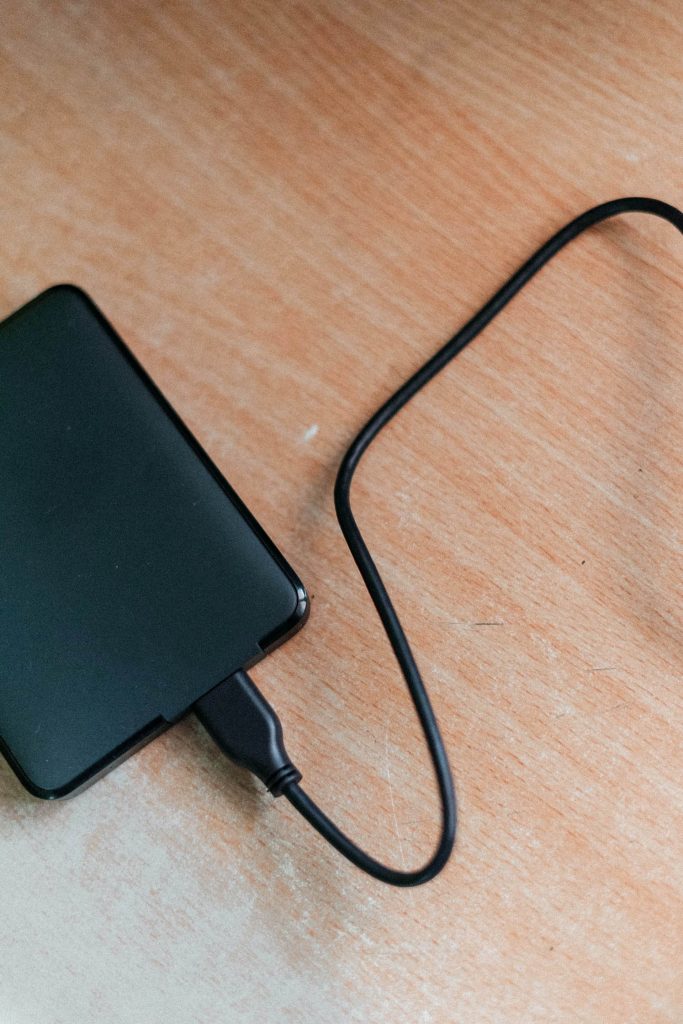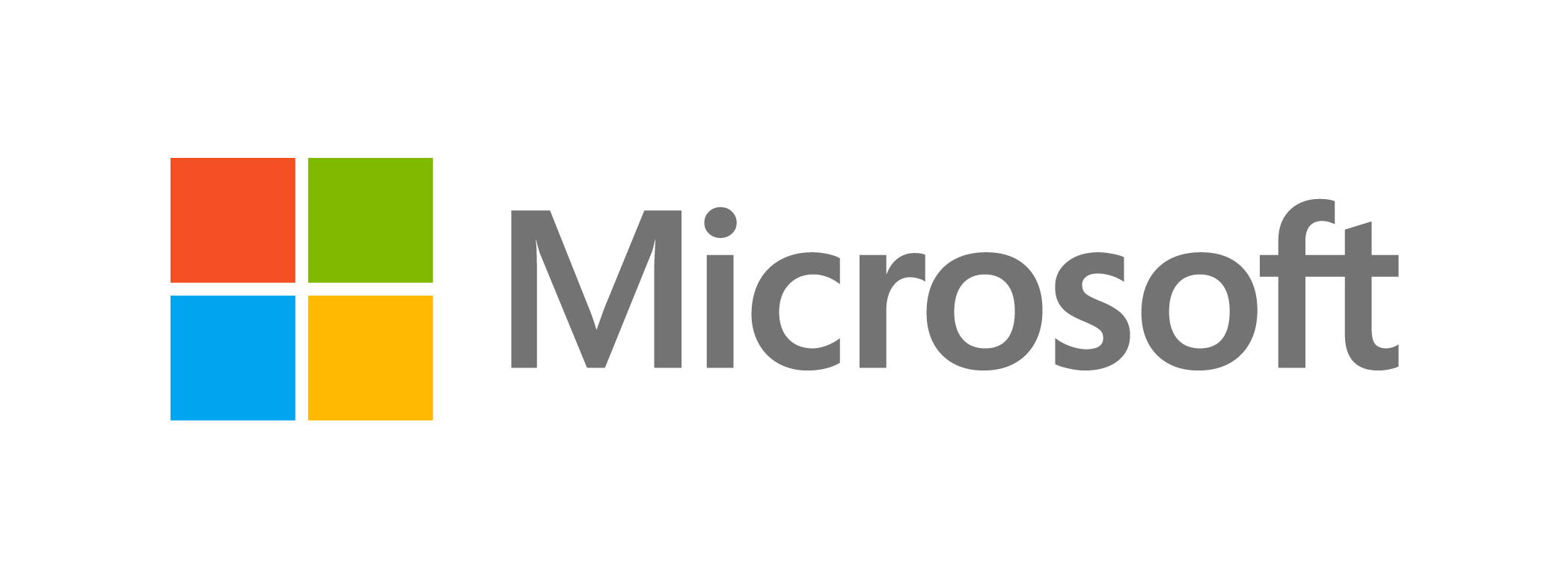External hard drives are a convenient way to increase your computer’s storage capacity. Simply put it into a USB port and you’re ready to go. However, you may need to format the drive to start over and delete all of the contents on it, or it may have arrived from the shop with an improper file system.
How to format an external drive - Windows 10
Open the Start Menu, type “Command Prompt” and select “Run as Administrator”. A black screen should pop up waiting for you to enter a command. Type in “diskpart” then press Enter. You’re now using DiskPart, which is ready for you to start manipulating disks.
The first step is to see what drives are hooked up to your computer. To do this we use the command “list disk”. Type it in and press Enter. You should see a list of the disks attached to the computer. Disk 0 is most likely the hard drive inside your computer. If that’s the only disk inside your computer, Disk 1 is your external hard drive.
An easy way to check if you’re playing around with the correct external hard drive (particularly if you have multiple), is to disconnect the drive you want to format, run DiskPart, list the disks and take note of the drives listed. Exit DiskPart (with the command “exit”), connect your drive back up, run DiskPart and list the disks again – the new drive is the one you just plugged in.

Now we need to tell DiskPart which hard drive we want to play around with. This is done with the “select disk” command. If your external hard drive is listed by DiskPart as disk 1, you would type “select disk 1”, press enter and be informed by DiskPart that “Disk 1 is now the selected disk”.
To totally wipe everything on the disk, all the partitions, all the disk signatures and any other bits and pieces that can introduce errors we will use the command “clean” (just type “clean” and press Enter). It’ll only take a few seconds. Now that the drive is wiped we need to tell Windows what to do with this raw slab of storage.
Type “select partition 1”, press Enter, then type “select partition 1”, press Enter, then type “active” then press Enter again. This sets up a new single partition filling the entire drive and by marking it as active, we are telling Windows that its allowed to use it for whatever it wants.
The next step is to give this new partition a file system – a method of telling Windows how it should store files on this drive. This is called “formatting” a drive. Type “format FS=NTFS label=External quick” and press Enter. This command creates an NTFS file system (the default file system type for Windows computers) and will give your external hard drive the rather unimaginative name “External”. Depending on the size of the drive this could take seconds or a few minutes.
The final step is to “mount” the drive by assigning it a drive letter. Type “assign letter=w” and press Enter. Now you have a W:\ drive all ready to go and store your data on.











